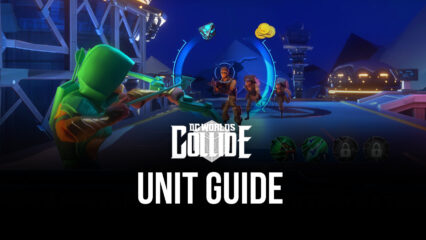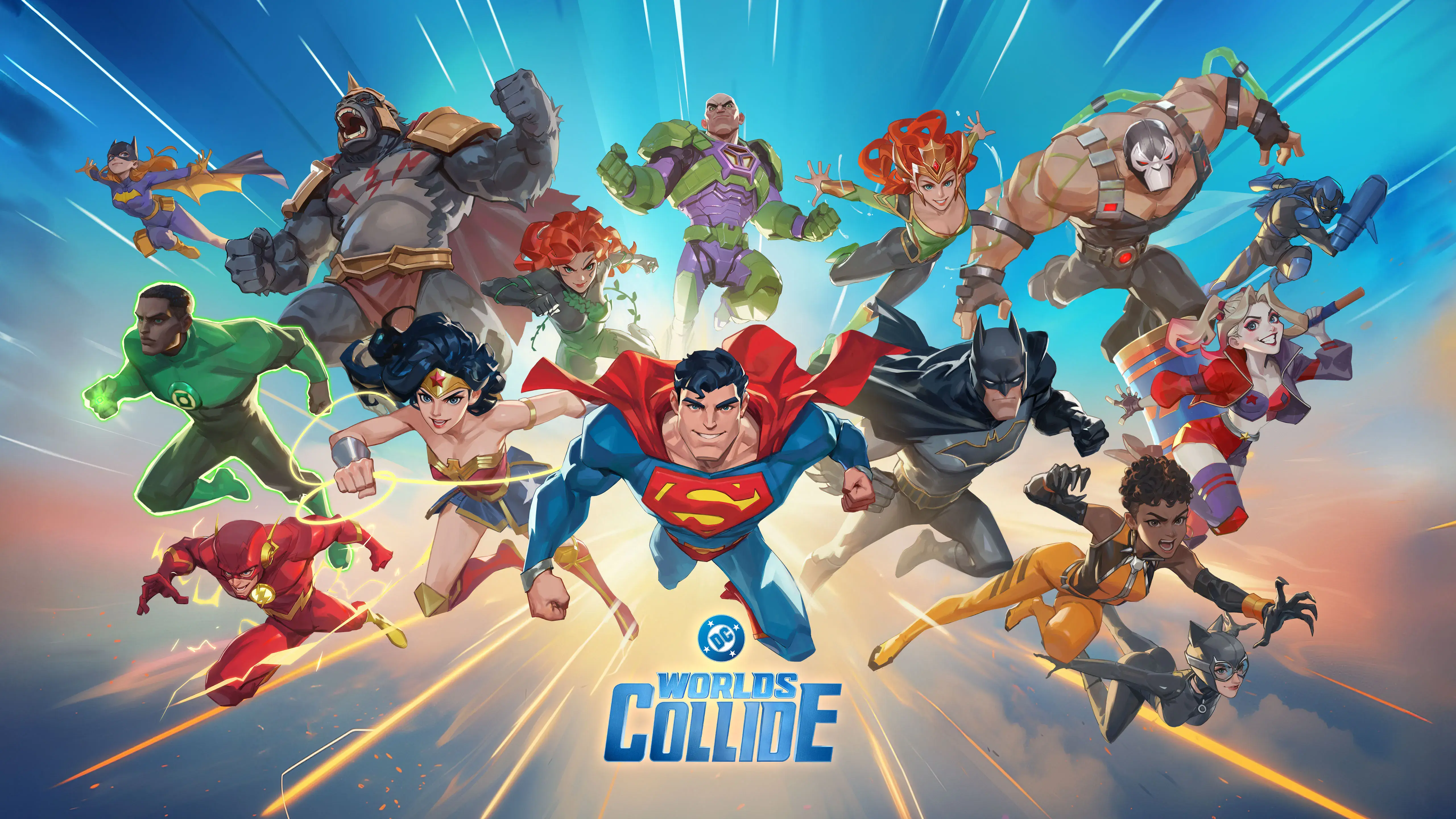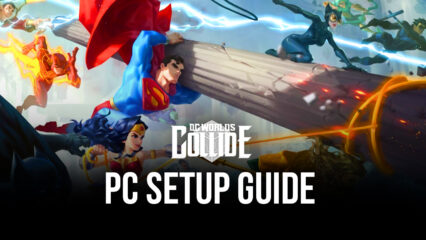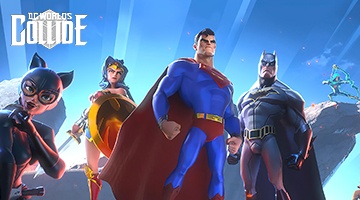DC Worlds Collide Comprehensive Beginner’s Guide
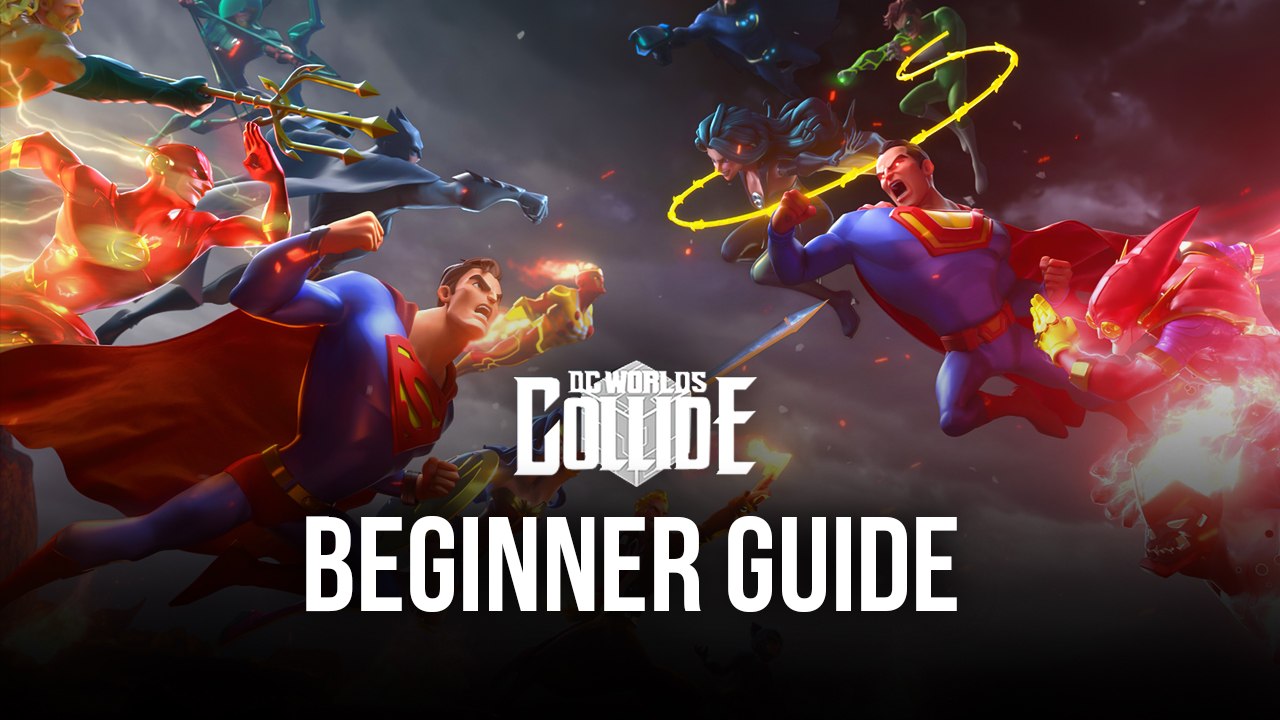
DC Worlds Collide immerses players in strategic, fast-paced battles with heroes and villains from the DC Universe. For completely new players, understanding how to start efficiently is key to enjoying progression without feeling overwhelmed. This guide explains how to build your first team, manage resources, navigate combat, and get the most out of playing on PC with BlueStacks.
Starting Strong: Your First Heroes and Team
At the core of your journey is hero collection. When you begin, you’ll receive some starter heroes and unlock more through Story progression, summoning banners, events, and PvP rewards.
- Focus on a core team of five heroes early: Due to how leveling works (the Reserve Center mechanic), your account’s experience gain is tied to your fifth-highest-level hero. Spreading XP across too many characters wastes resources.
- Use the Reserve League Center to your advantage: As you grow, it will automatically boost underleveled heroes to match your fifth strongest.
Understanding which heroes to prioritize can feel confusing at first. To help, check out the DC Worlds Collide Unit Guide, which breaks down key characters, roles, and traits.

Roles, Traits, and Team Synergy
Every hero belongs to one or more combat roles—Tank, DPS, Support—and a Trait type such as Strength, Agility, Science, or Intellect.
- Balance your roles: Ensure your starting team includes at least one Tank, one Support/Healer, and multiple DPS characters to cover offense and sustain.
- Leverage Trait bonuses: Deploying heroes who share a Trait grants passive stat boosts to HP and Attack. Even partial synergy (e.g., two or three heroes of the same Trait) can add an advantage.
If you want detailed help designing teams with effective synergy, refer to the DC Worlds Collide Team Building Guide, which gives practical examples for both early-game and advanced squads.

Gear and Upgrades
Gear dramatically increases a hero’s stats but should be upgraded carefully:
- Prioritize your primary five heroes when assigning your best gear.
- Focus on Epic gear early on: Upgrade gear that matches a hero’s combat role:
- DPS: Attack, Crit Rate, Crit Damage
- Tanks: HP, Defense
- Support: Speed, HP
Artifacts and Badges also unlock later and provide key enhancements. Save resources for these systems once unlocked rather than rushing upgrades across weaker gear.

Story Progression and Game Modes
Progression unlocks new features as you advance through the Story Campaign:
- Story Mode: The primary mode for gaining XP, currency, and unlocking systems.
- Trials: Where you earn gear enhancement materials. Complete them regularly to stay equipped.
- Arena (PvP): Face off against teams built by other players for seasonal rewards and shard currency.
After reaching certain milestones, Elseworld missions, Crisis Watch, and Guild Challenges unlock, offering additional resources and rare materials. As a beginner, focus on pushing as far as possible in Story and Trials before taking on harder content.

Resources and Economy
Efficient resource management is vital:
- Energy: Required to run missions, regenerates slowly, and can be restored with potions.
- Gold and Titanium: Needed for leveling heroes and enhancing gear—spend wisely on your main team.
- Badges and Artifacts: Drop from Trials, Elite battles, and PvP modes.
Tip: Save premium Encrypted Tokens for banners with pity guarantees or valuable featured heroes.

Combat: Auto vs. Manual Play
Combat in DC Worlds Collide allows a balance between automated and manual play.
- Auto-battle: Convenient for farming or lower-difficulty content.
- Manual control: Essential in difficult encounters like Elite bosses or PvP battles, where precise skill timing and priority targeting matter.
Manual play lets you optimize skill rotations, ultimate activations, and react more effectively to enemy formations.
Early PvP Strategy
PvP (Arena) is unlocked early but requires careful planning:
- Build a balanced squad: Avoid glass cannon setups—ensure you have frontline protection.
- Position tanks in the front row: Protect support and DPS in the back row.
- Scout opponents before attacking and adapt your team’s Trait synergy and roles for best results.
Arena offers daily and seasonal rewards even for modest participation, making it worth checking in regularly.

Enhancing Your Experience on BlueStacks
BlueStacks dramatically improves comfort and performance for DC Worlds Collide. It offers:
- Keymapping: Assign hero skill activations, auto-battle toggles, and stamina refills to hotkeys.
- Repeating Tap: Ideal for repetitive tasks like daily farming.
- High FPS and HD graphics: Smooth animations, better clarity during skill effects, and faster input responsiveness.

Your Beginner Progression Path
For the first few days, your key goals should be:
- Establish a core five-hero team and focus all resources on them.
- Push as far as you can in Story Mode to unlock Trials, PvP, and Events.
- Equip heroes with gear that suits their role and upgrade selectively.
- Participate in Arena daily to start accumulating PvP currency.
- Experiment with manual play in key battles for better results.
- Take advantage of BlueStacks to make all of this smoother and faster.
DC Worlds Collide offers deep tactical gameplay centered on team building, resource management, and strategic combat. For beginners, a steady and focused approach—leveling your core five heroes, balancing team roles and traits, and progressing methodically through game modes—ensures you’re always prepared for the next challenge.
For the best gaming experience, play DC Worlds Collide on BlueStacks!
Keep progressing in DC Worlds Collide with our other in-depth guides.


